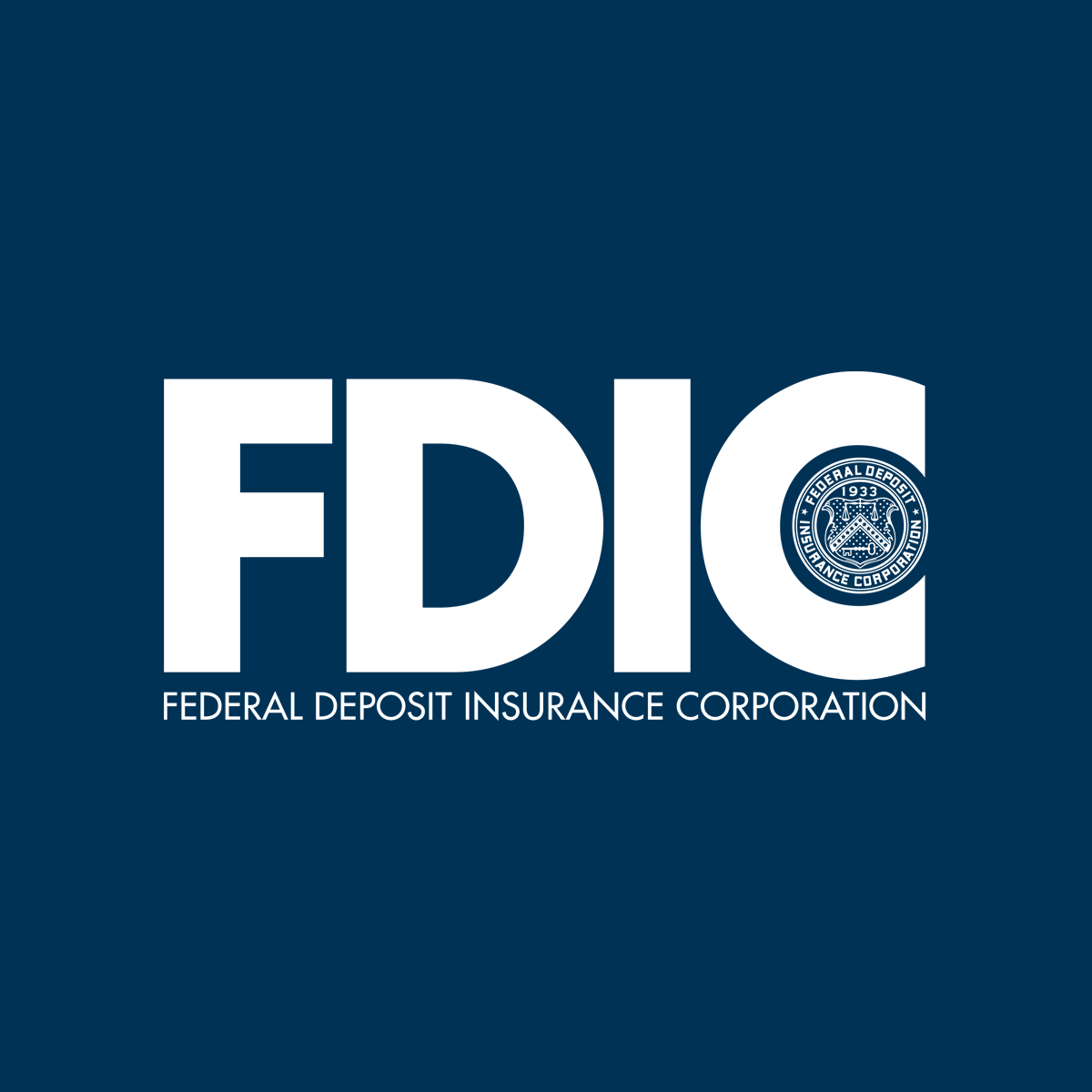In the wake of multiple banks failing and being taken over by the FDIC, insurance deposit limits are receiving renewed scrutiny. The FDIC is a government agency that insures deposits in banks and savings associations up to $250,000 per depositor, per insured bank, for each account ownership category. This limit has been in place since 1950 and has been raised seven times since then.
The FDIC was created in 1933 as part of the Banking Act of 1933 in response to the Great Depression. Its purpose is to protect depositors from losses due to bank failures by providing deposit insurance. The FDIC insures deposits at more than 5,400 banks and savings associations across the country. It also provides consumer protection services such as consumer education and financial literacy programs.
Recently, there have been calls to raise the deposit insurance limit due to concerns about potential losses from bank failures. Critics argue that raising the limit would provide additional protection for consumers who may have large amounts of money deposited in a single bank or savings association. Supporters contend that raising the limit would help ensure that people’s hard-earned money is protected if their bank fails.
However, some experts caution against raising the limit too much because it could encourage riskier behavior among banks and lead to more failures down the road. They argue that if banks know they can rely on government-backed insurance up to a certain amount, they may be less likely to take steps to reduce their risk exposure or manage their assets responsibly.
Ultimately, it is up to Congress and regulators to decide whether or not to raise the deposit insurance limit and how much it should be increased by. In any case, it is important for consumers to understand how deposit insurance works so they can make informed decisions about where they keep their money safe and secure.


Leave a Comment